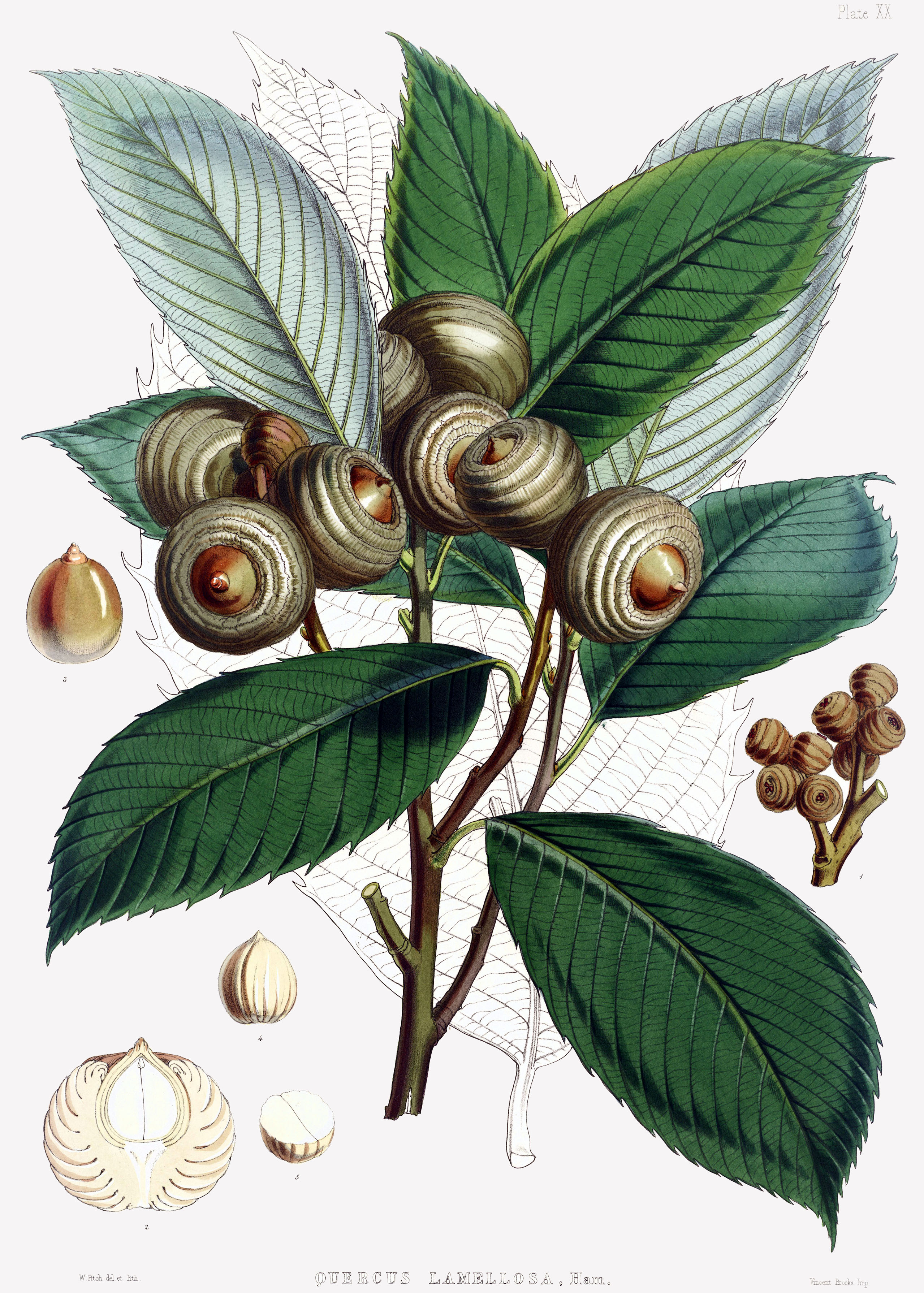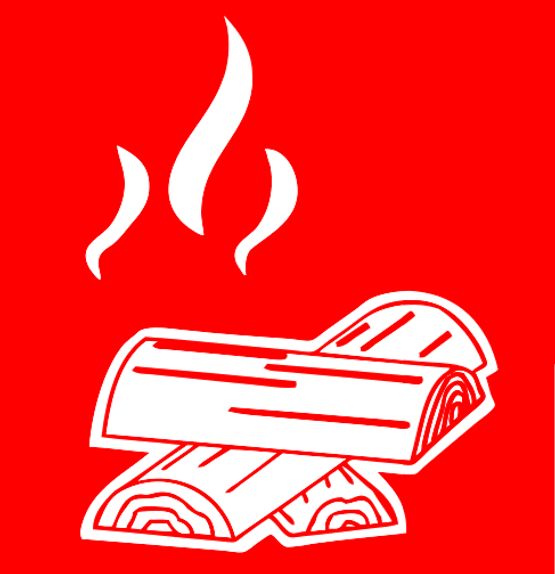|
Flame Spread
Flame spread, or surface burning characteristics rating, is a ranking derived by laboratory standard test methodology of a material's propensity to burn rapidly and spread flames. There are several standardized methods of determining flame spread, Test methods NFPA 255 ''Standard Method of Test of Surface Burning Characteristics of Building Materials'', utilizes ASTM E84 ''Standard Test Method for Surface Burning Characteristics of Building Materials''. This test method measures flame growth on the underside of a horizontal test specimen, using the Steiner tunnel test. The result is derivation of a Flame Spread Index (FSI), which is a non-dimensional number which is placed on a relative scale in which asbestos-cement board has a value of 0, and red oak wood has 100. Evaluation of a FSI by this test method does not provide a good understanding of how fire would propagate in full scale, such as in a room, for some materials.NFPA 255, Standard Method of Test of Surface Burning Chara ... [...More Info...] [...Related Items...] OR: [Wikipedia] [Google] [Baidu] |
Flame
A flame () is the visible, gaseous part of a fire. It is caused by a highly exothermic chemical reaction made in a thin zone. When flames are hot enough to have ionized gaseous components of sufficient density, they are then considered plasma. Mechanism Color and temperature of a flame are dependent on the type of fuel involved in the combustion. For example, when a lighter is held to a candle, the applied heat causes the fuel molecules in the candle wax to vaporize. In this state they can then readily react with oxygen in the air, which gives off enough heat in the subsequent exothermic reaction to vaporize yet more fuel, thus sustaining a consistent flame. The high temperature of the flame causes the vaporized fuel molecules to decompose, forming various incomplete combustion products and free radicals, and these products then react with each other and with the oxidizer involved in the reaction of the following flame (fire). One may investigate different parts of a ca ... [...More Info...] [...Related Items...] OR: [Wikipedia] [Google] [Baidu] |
Steiner Tunnel Test
The Steiner tunnel test is a widely used method of testing building interior wall and ceiling finishes for their ability to support and propagate fire, and for their tendency to emit smoke. The test was developed in 1944 by Al Steiner of Underwriters Laboratories, and has been incorporated as a reference into North American standards for materials testing as tests ASTME84, NFPA255, UL723 and ULCS102. These standards are in widespread use for the regulation and selection of materials for interior building construction throughout North America. The test may be carried out inside a dedicated, instrumented test apparatus. The test itself involves an assembly of the tested material, fabricated into an otherwise noncombustible horizontal box or tunnel as the tunnel's roof, in a section long and wide. The tunnel is as wide and long as the test specimen, and high. The apparatus is equipped with two gas burners providing a flame intensity of 89 kilowatts, and air and combustion product ... [...More Info...] [...Related Items...] OR: [Wikipedia] [Google] [Baidu] |
Asbestos-cement
Asbestos cement, genericized as fibro, fibrolite (short for "fibrous (or fibre) cement sheet", but different from the natural mineral fibrolite), or AC sheet, is a composite building material consisting of cement and asbestos fibres pressed into thin rigid sheets and other shapes. Invented at the end of the 19th century, the material was adopted extensively during World War II to make easily-built, sturdy and inexpensive structures for military purposes. It continued to be used widely following the war as an affordable external cladding for buildings. Advertised as a fireproof alternative to other roofing materials such as asphalt, asbestos-cement roofs were popular, not only for safety but also for affordability. Due to asbestos cement's imitation of more expensive materials such as wood siding and shingles, brick, slate, and stone, the product was marketed as an affordable renovation material. Asbestos cement competed with aluminum alloy, available in large quantities after ... [...More Info...] [...Related Items...] OR: [Wikipedia] [Google] [Baidu] |
Erythrobalanus
The genus ''Quercus'' contains about 500 known species, plus about 180 hybrids between them. The genus, as is the case with many large genera, is divided into subgenera and sections. Traditionally, the genus ''Quercus'' was divided into the two subgenera ''Cyclobalanopsis'', the ring-cupped oaks, and ''Quercus'', which included all the other sections. However, a comprehensive revision in 2017 identified different relationships. Now the genus is commonly divided into a subgenus ''Quercus'' and a subgenus ''Cerris'', with ''Cyclobalanopsis'' included in the latter. The sections of subgenus ''Quercus'' are mostly native to the New World, with the notable exception of the white oaks of sect. ''Quercus'' and the endemic '' Quercus pontica''. In contrast, the sections of the subgenus ''Cerris'' are exclusively native to the Old World. Unless otherwise indicated, the lists which follow contain all the species accepted by Plants of the World Online , plus selected hybrids that are also ... [...More Info...] [...Related Items...] OR: [Wikipedia] [Google] [Baidu] |
Smoke-developed Index
Smoke-developed index (abbreviated SDI) is a measure of the concentration of smoke a material emits as it burns. Like the Flame Spread Index, it is based on an arbitrary scale in which asbestos-cement board has a value of 0, and red oak wood has 100. The SDI is measured using a horizontal test specimen, according to the Steiner tunnel test protocol. The ASTM standard E84 defines a standard test method for surface flame spread and smoke density measurements. A smoke-developed index of less than 450 is required by IBC section 803.1 at interior walls and ceilings for all surface materials except trim. See also * Steiner tunnel test *Limiting oxygen index The limiting oxygen index (LOI) is the minimum concentration of oxygen, expressed as a percentage, that will support combustion of a polymer. It is measured by passing a mixture of oxygen and nitrogen over a burning specimen, and reducing the oxygen ... References {{reflist Fire test standards ... [...More Info...] [...Related Items...] OR: [Wikipedia] [Google] [Baidu] |
National Fire Protection Association
The National Fire Protection Association (NFPA) is a U.S.-based international nonprofit organization devoted to eliminating death, injury, property damage, and economic loss due to fire, electrical, and related hazards. , the NFPA claims to have 50,000 members and 9,000 volunteers working with the organization through its 250 technical committees. History In 1895, a Committee on Automatic Sprinkler Protection was formed in Massachusetts by men affiliated with several fire insurance companies and a pipe manufacturer to develop a uniform standard for the design and installation of fire sprinkler systems. At the time, there were nine such standards in effect within of Boston, Massachusetts, and such diversity was causing great difficulties for plumbers working in the New England New England is a region consisting of six states in the Northeastern United States: Connecticut, Maine, Massachusetts, New Hampshire, Rhode Island, and Vermont. It is bordered by the state of New Y ... [...More Info...] [...Related Items...] OR: [Wikipedia] [Google] [Baidu] |
International Building Code
The International Code Council (ICC), also known as the Code Council, is an American nonprofit standards organization sponsored by the building trades, which was founded in 1994 through the merger of three regional model code organizations in the American construction industry. Since 2023, ICC's headquarters has been based at Capitol Crossing in Washington, D.C. The organization creates the International Building Code (IBC) and International Residential Code (IRC), two model building codes, which have been adopted for use as a base code standard by most jurisdictions in the United States. The ICC's model codes have been criticized for inflating housing costs and reducing housing supply in the United States through arbitrary and stringent standards that do little for safety and are out of sync with best practices in other countries. The IBC has contributed to the spread of 5-over-1 type of buildings across the US and contributed to a lack of medium-density housing (so-called ... [...More Info...] [...Related Items...] OR: [Wikipedia] [Google] [Baidu] |
Fire Class
Fire classification is a system of categorizing fires with regard to the type(s) of combustible material(s) involved, and the form(s) of suitable extinguishing agent(s). Classes are often assigned letter designations, which can differ somewhat between territories. Standards * International (ISO): ISO3941 Classification of fires * Australia: AS/NZS 1850 * Europe: DIN EN2 Classification of fires * United States: NFPA 10 Chapter 5.2.1-5.2.5 Materials and hazards Flammable solids: Class A (US/EU/AU) Fires involving ordinary flammable solids fall under Class A. This includes wood, paper, fabric, rubber, and some types of plastics. Such fires may be extinguished by water, wet chemical suppression, or dry chemical powder. Flammable liquids: Class B (US/EU/AU) Fires involving flammable liquids or liquefiable solids fall under Class B. Examples may include petrol/gasoline, oil, paint, some waxes & plastics, though cooking fats and oils are explicitly excluded (discussed a ... [...More Info...] [...Related Items...] OR: [Wikipedia] [Google] [Baidu] |
Smoke-developed Index
Smoke-developed index (abbreviated SDI) is a measure of the concentration of smoke a material emits as it burns. Like the Flame Spread Index, it is based on an arbitrary scale in which asbestos-cement board has a value of 0, and red oak wood has 100. The SDI is measured using a horizontal test specimen, according to the Steiner tunnel test protocol. The ASTM standard E84 defines a standard test method for surface flame spread and smoke density measurements. A smoke-developed index of less than 450 is required by IBC section 803.1 at interior walls and ceilings for all surface materials except trim. See also * Steiner tunnel test *Limiting oxygen index The limiting oxygen index (LOI) is the minimum concentration of oxygen, expressed as a percentage, that will support combustion of a polymer. It is measured by passing a mixture of oxygen and nitrogen over a burning specimen, and reducing the oxygen ... References {{reflist Fire test standards ... [...More Info...] [...Related Items...] OR: [Wikipedia] [Google] [Baidu] |


